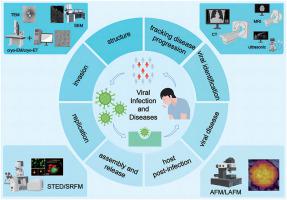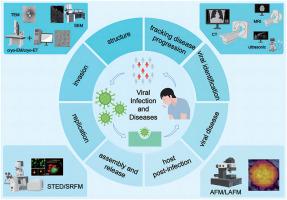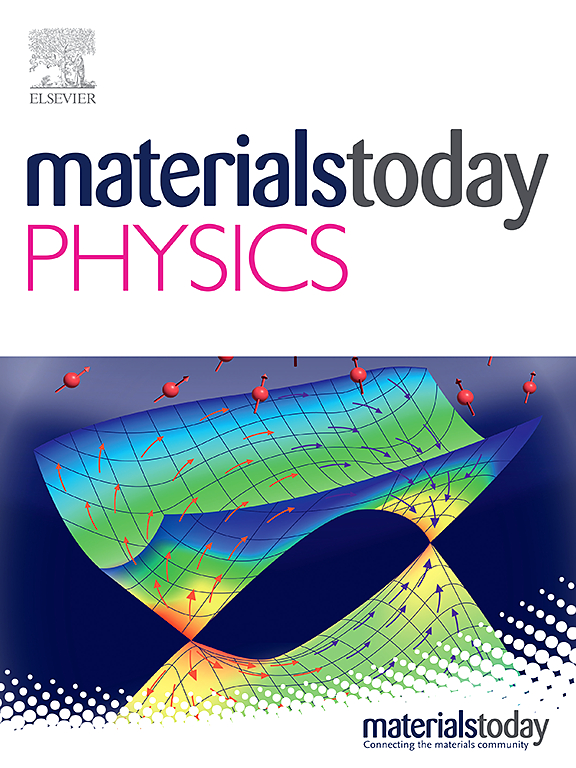Viruses are major pathogens responsible for a wide range of infectious diseases that may lead to global pandemics. The understanding of structural underpinnings of virions, molecular mechanisms of infection and the pathogenesis of viral diseases is crucial for exploring prophylactic and therapeutic approaches for viral disorders. Though the latest developments in imaging techniques have equipped scientists with tools to investigate viral infections in unprecedented detail with multiple spatial and temporal resolutions, the unveiling of how viral particles dynamically interact with host cells requires integrations of strategies connecting the structural complexity with functional properties. Here, we aim to delineate (1) the diversity of imaging devices that have been applied in the investigation of viral morphology and structure, (2) the contribution of current imaging techniques in revealing features of viral life-cycle and the associated host reactions, and (3) the potential of imaging systems in the diagnosis and prognosis of viral diseases. This review provides an essential overview of bioimaging techniques in scenarios of viral infections and comes up with instructions of how to select appropriate bioimaging methods for virological studies based on specific objectives of investigations. Additionally, we discuss the challenges and opportunities of microscopy imaging in promoting more insightful comprehension of complexities between viruses and hosts in the nano-scale range.




